Editors’ Picks





Found in Robotics News & Content, with a score of 1.70
Back in 2013, Medline Industries LP worked with Swisslog to become the first company in the U.S. to implement a robotic goods-to-person system from AutoStore. The original site was a 600,000-square-foot distribution center north of Chicago in Libertyville, Ill. That first deployment, featured in the June 2015 issue of Modern Materials Handling (a sibling publication to Robotics 24/7), sported 43 bots in a relatively small area plus four goods-to-person workstations. The robots managed 27,570 totes across 37,750 storage locations with throughput of up to 12,500 lines per day. It was a bold move but even then, Medline was embracing high…

Found in Robotics News & Content, with a score of 1.63
A recent series of surveys conducted by a prominent industry think tank indicates that the current state of global logistics is characterized by extreme urgency and the pressure to deliver above and beyond—regardless of mode. Transport Intelligence (Ti) a consultancy based in Bath, England, recently produced a collection of primary research reflecting the latest thinking in the market along with the views of senior shipper executives within its “Logistics Briefing” network concentrated in the EU. According to the Ti collection titled “Logistics Surveys 2017,” completed last December, there’s scant doubt that the global express industry has already undergone significant transformation,…
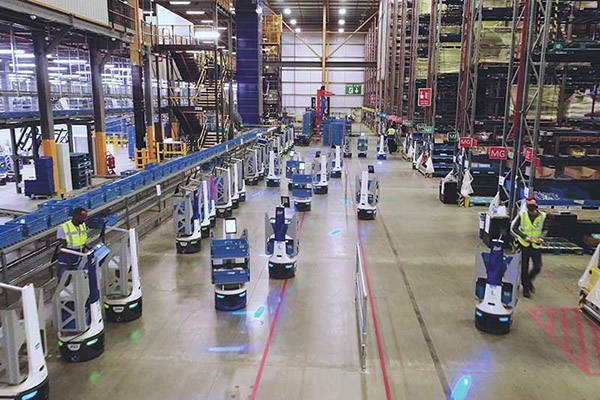
Found in Robotics News & Content, with a score of 1.60
Much of the excitement in warehouse robotics is about what the systems can do next, such as trailer unloading, parcel piece picking, or autonomous case handling. But there is also plenty of enthusiasm about the robotics-as-a-service, or RaaS, model for adopting automation. Like the established software-as-a-service (SaaS) model, RaaS bundles the costs of running a system into a tidy regular fee. That moves capital investments in warehouse robotics into the realm of operational expenses or “opex.” The advantages cascade from there, from opening up solutions to a wider base of users to making it easier to scale fleets, say industry…

Found in Robotics News & Content, with a score of 1.56
High inventory costs, constant stock-outs, low SKU turnover rates and getting stuck with too much obsolete inventory are just a handful of the challenges that companies run into when they don’t use good inventory management practices. In today’s fast-paced, e-commerce/omni-channel distribution world, any one of these challenges can have a negative impact on the bottom line. However, achieving optimal inventory levels requires a delicate balance. Procure too little of a product and you wind up with stock-outs, lost sales or unhappy customers. Buy too much and your carrying and storage costs go through the roof right along with the number…
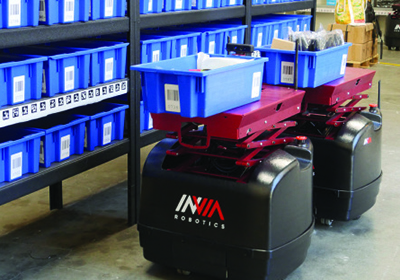
Found in Robotics News & Content, with a score of 1.54
As the dream of autonomous cars edges closer to reality, automatic guided vehicles (AGVs) are advancing into the warehouse in a very real way. As the likes of Google and Apple pour resources into the development of driverless technology, the decreased price and improved performance of the vehicles are benefiting the makers of driverless industrial vehicles. Already, Amazon is poised to become one of the biggest users—and suppliers—of automatic guided vehicles in the warehousing and distribution space. But AGVs aren’t just for those with big budgets and massive operations. In fact, AGVs aren’t even always AGVs. The “guided” part of…
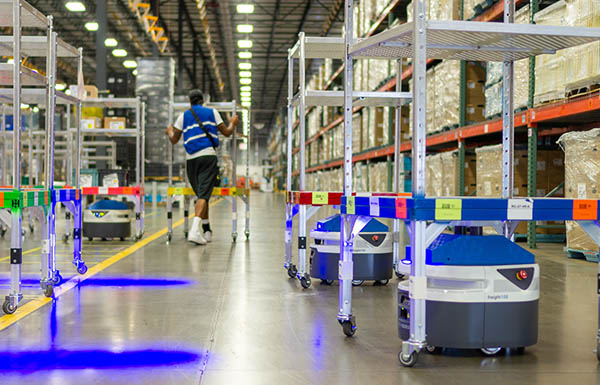
Found in Robotics News & Content, with a score of 1.53
More automation doesn’t necessarily mean better automation. That’s why a deployment with an impressive number of autonomous mobile robots, or AMRs, in a mobile robot fleet isn’t necessarily more effective than one with just a handful. While it’s common for mobile robot deployments to start small and get bigger, success with AMRs takes more than growing the fleet. You need to consider how quickly and easily you can add more automation and people into a robotic-enabled workflow to handle spikes in demand, as well as software capabilities and the ability to integrate with other systems. Mobile robots come in various…
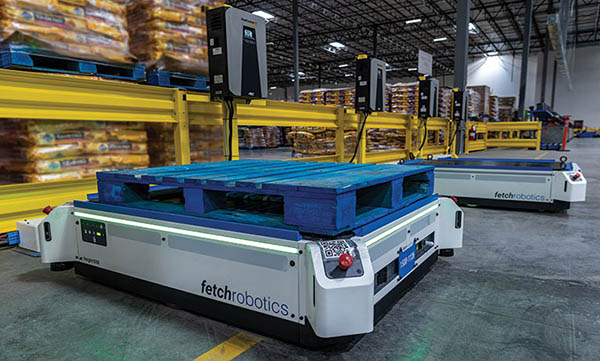
Found in Robotics News & Content, with a score of 1.49
“Integration” is considered a dirty word by many in industry. Sure, there are more software and automation tools than ever, but getting them to play nicely with one another can still be a major challenge. CJ Logistics wanted to add robots and other technologies to a 1.1 million-sq.-ft. facility in Dallas, but it needed to address integration with the help of SVT Robotics. “This was a strategic initiative for our company,” said Laura Adams, vice president of technology, engineering systems, and solutions (TES) at CJ Logistics. “In this particular building, we wanted to deploy several technologies that CJ Logistics is…
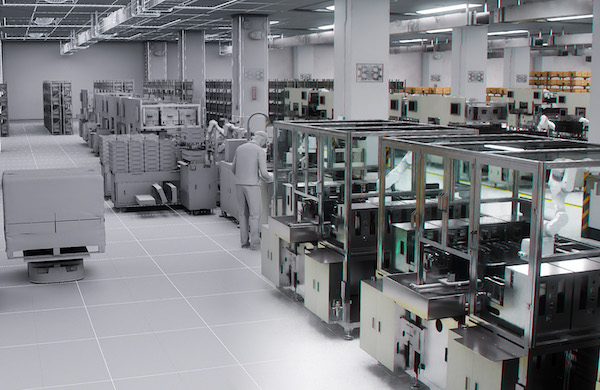
Found in Robotics News & Content, with a score of 1.43
At Computex in Taipei, Taiwan, NVIDIA Corp. announced several products for accelerated computing in the cloud and the growing ecosystem for supercomputing hardware, simulation software, and artificial intelligence. The company also announced the availability of its Isaac AMR platform for autonomous mobile robots, or AMRs, and discussed how the electronics industry is using its technology stack. Jensen Huang, founder and CEO of NVIDIA, thanked Computex attendees for coming to see him in person for the first time in four years. He then described how computer hardware and software have changed since the 1964 IBM System 360 to a $1 trillion…

Found in Robotics News & Content, with a score of 1.43
If ever a time was ripe for robotic lift truck sales to take off, right now might be it. With the COVID-19 pandemic accelerating e-commerce for many types of goods, fulfillment centers and manufacturing plants need to move a high volume of pallets to keep stores stocked up and e-commerce order picking systems or manual pick locations topped off with goods. And while unemployment has risen since last year, it remains challenging to secure enough workers—including skilled lift truck operators—to keep goods flowing to consumers. Sales of driverless robotic trucks stand to benefit under these conditions. Vendors say that return…
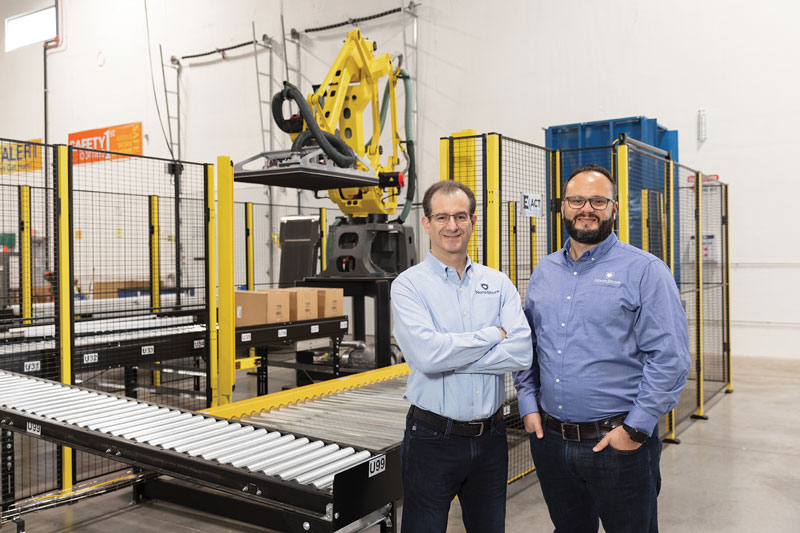
Found in Robotics News & Content, with a score of 1.34
Small to midsize distributors have begun to adopt automation. For instance, we featured NorthShore Care Supply's use of autonomous mobile robots last year. Now, robotic palletizing has sped up receiving operations, taken labor out of the process, and created a safer work environment. In July of 2020, I toured NorthShore Care Supply's recently opened 173,000-square-foot distribution center (DC) north of Chicago. Adam Greenberg, a University of Chicago MBA grad, founded the company in 2002. He got the idea for incontinence supplies after some family members who were going through illnesses expressed their reluctance to purchase products like Depends at the…
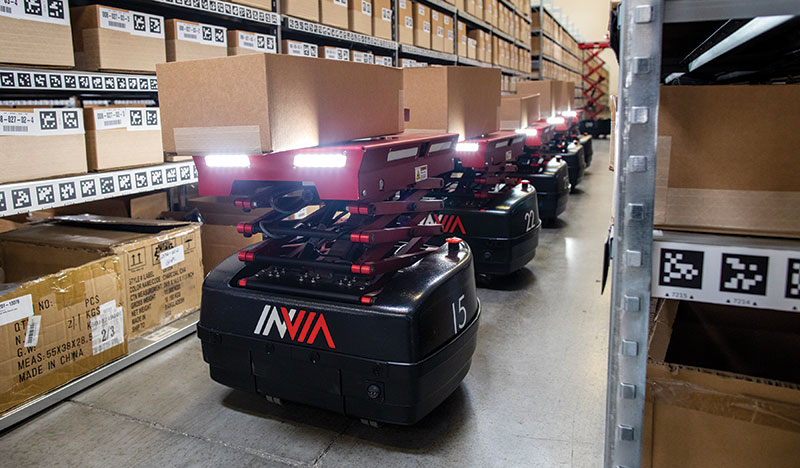
Found in Robotics News & Content, with a score of 1.29
I will never forget ProMat 2007. That’s the first industry event where I saw what we now call autonomous mobile robots or AMRs. More importantly, these robots were targeting warehousing and distribution. The exhibitors were Kiva Systems, now part of Amazon; RMT Robotics, now part of Cimcorp; and Seegrid. Each had a relatively small booth in which its vehicles moved on their own like oversized toys. While ProMat 2005 was all about RFID, AMRs were the hit of the 2007 show. Here’s what I wrote at the time: In 2007, RMT Robotics, Kiva Systems, and Seegrid introduced mobile robots to…
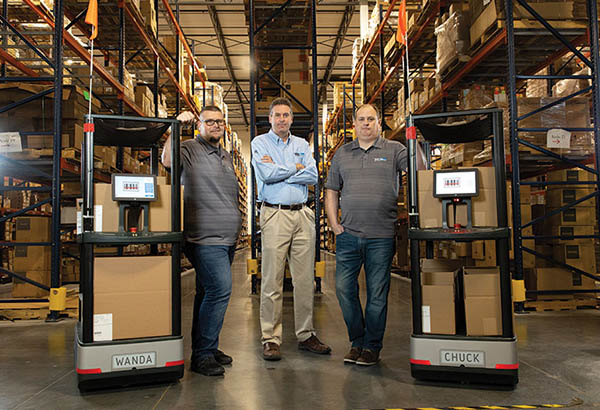
Found in Robotics News & Content, with a score of 1.26
Until recently, small to midsize distributors weren't expected to invest in high levels of automation, but changing customer expectations driven by e-commerce and improving technology capabilities have brought robotics within reach. Goods-to-person and robot-to-goods picking systems can now affordably deliver the same levels of service for business-to-business purchases as for business-to-consumer ones. One example is Top Notch Distributors Inc., which has deployed robots from 6 River Systems. Honesdale, Pa.-based Top Notch Distributors is a wholesale distributor of architectural door hardware to residential and commercial dealers. As recently as eight years ago, the company was operating without a warehouse management system…



